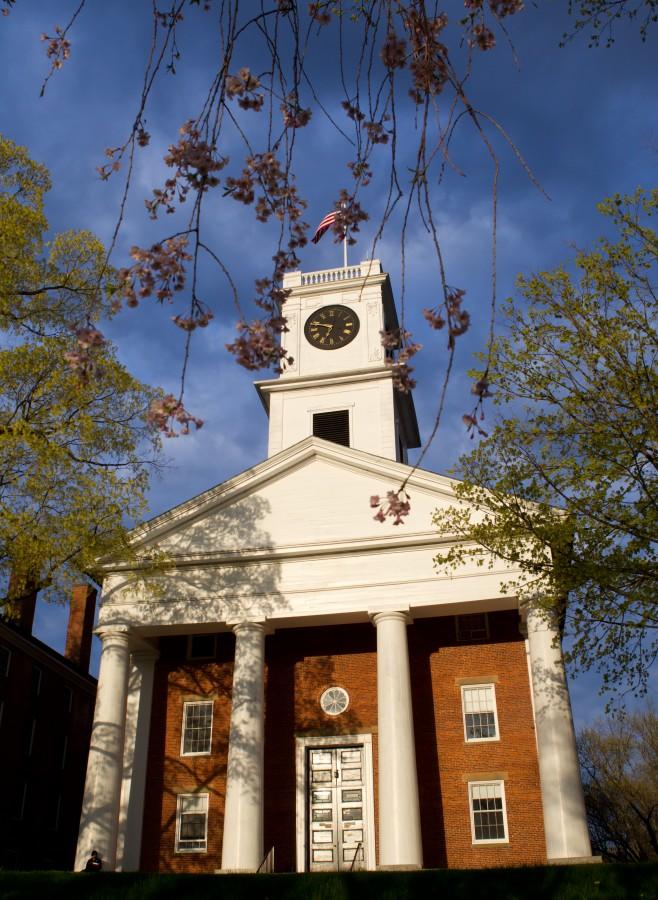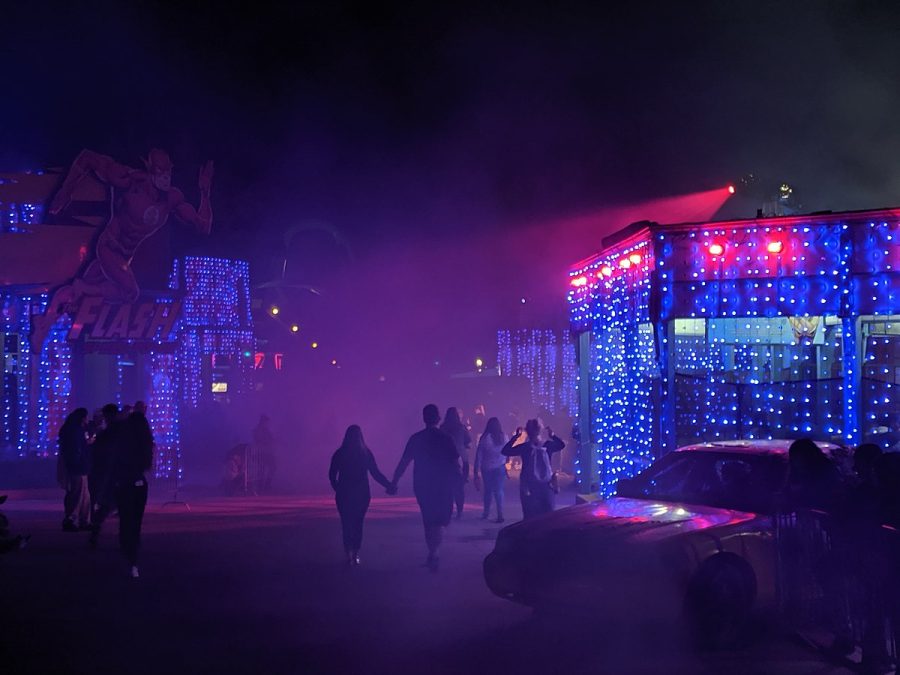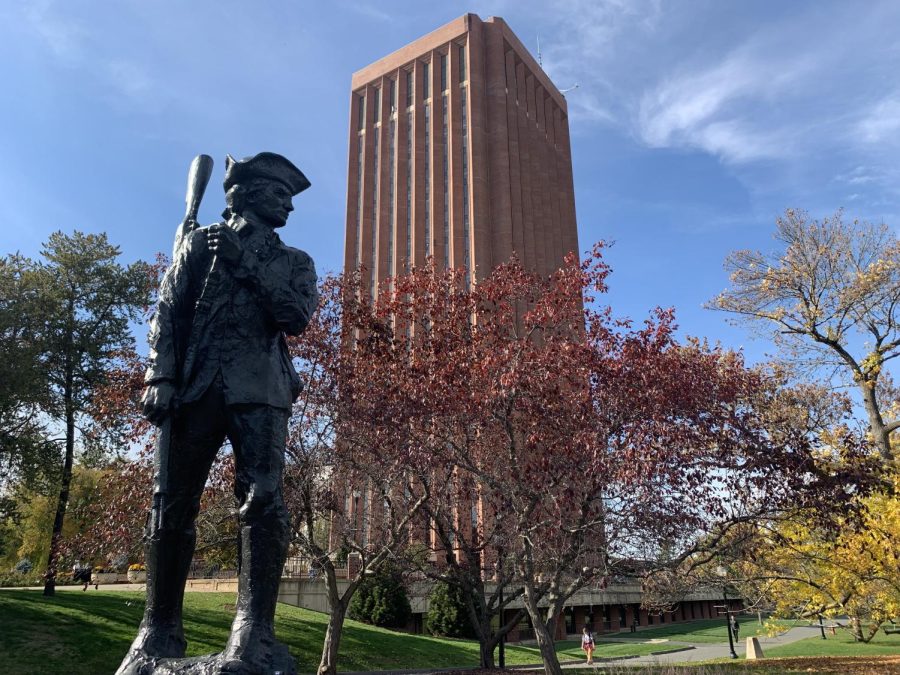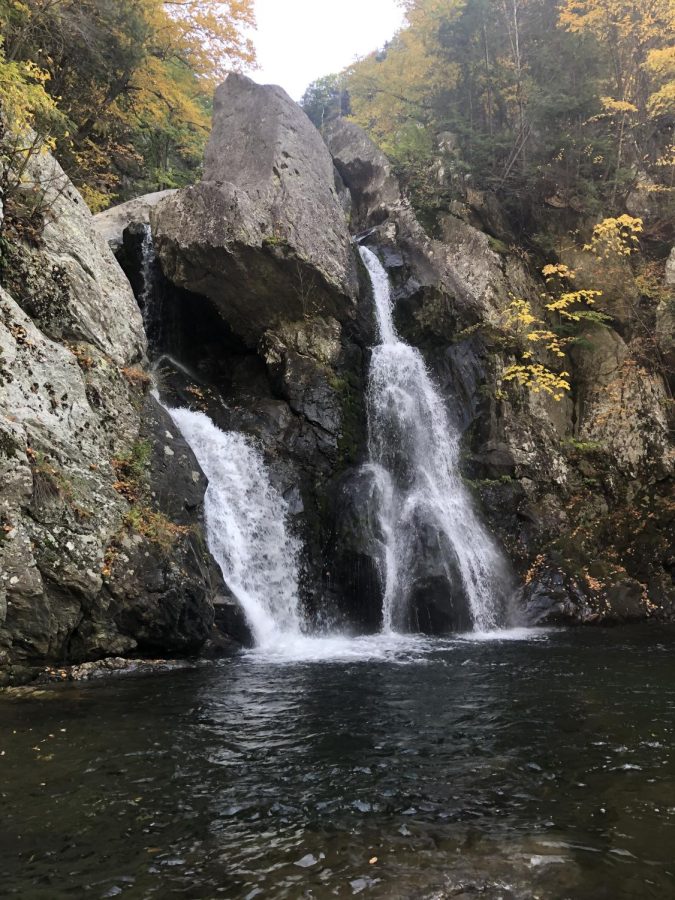by Vincenza Parella
“We have the world’s largest fossil track collection,” said Beneski Museum of Natural History monitor Rainer Lempert. It’s hard to believe this small three-story museum at Amherst College doesn’t get more notoriety. A tour guide taking a small group through the museum called it “one of our precious gems on campus,” and it is easy to see why.
The museum can get anywhere from 20 to 200 visitors in a single day, each of them with something different to contribute. What’s unique about this museum is that many of the artifacts are from the Connecticut River Valley. Visitors can look at a scaled-down replica of the valley area right after the glaciers receded about 15,000 years ago, which used to be a massive lake.
The upper level of the museum contains items that were discovered mainly by professors and students. A small collection of hominin dentition or collections of human skulls and teeth over thousands of years is also housed on the upper level with plenty of sitting areas. The collection is accompanied by numerous tables and chairs for students who wish to study in the relaxing and inspiring atmosphere.
On the lower level is a large collection of various dinosaurs along with a fascinating exhibit of fossil tracks. The Ichnology (the study of tracks and traces) exhibit collected by Edward Hitchcock contains “1,100 slabs of fossil tracks and traces from the Connecticut Valley,” according to a plaque at the entrance of the museum. These tracks are unique to the museum and put into perspective what used to roam the Earth long ago.
Visitors are able to see tracks made by once living dinosaurs. There are also numerous stools for small children so they can see some of the higher up tracks. The vault-like exhibit is blue and silver-tinted. It has a metallic smell.
Before entering the Ichnology exhibit, there is something called a track book which shows the layers of tracks. It is a cast from the footprint slabs on the walls and is worth a moment to go through; not many people get to feel dinosaur tracks, even if they are copies. Besides the tracks, there is also a new massive tyrannosaurus-rex head.
With free admission, it makes the museum affordable for college students. The museum is funded mainly by the college along with some donors which allows it to be free for all. The museum has an astounding collection of 200,000 objects all from a wide array of time periods and genealogy. What is most eye-catching is the enormous Mastodon on the main level which was put together from two separate specimens. Also on the main level are a series of fossils mainly from North and South America.
If You Go:
Open Tue – Fri 11-4 and Sat – Sun 10-5
Beneski Museum of Natural History
11 Barrett Hill Road
Amherst College
Amherst, MA 01002-5000
Call for more information at (413) 542-2165
Vincenza Parella can be reached at [email protected]







